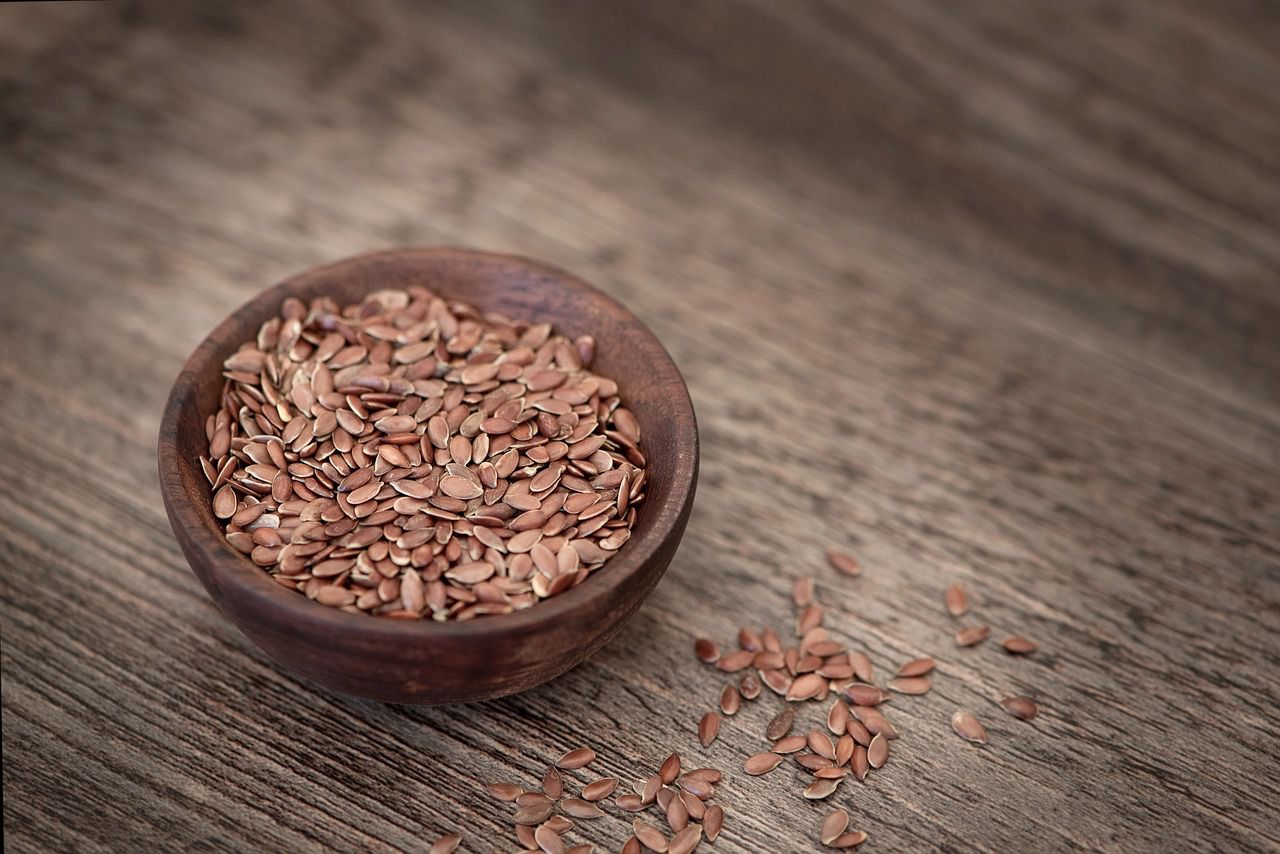When you buy seeds to plant in your garden, you need to make sure that these seeds are good quality, or it won't work.
It's not easy to understand whether seeds are good quality or not, because it's way easier to see problems in seedlings.
Meanwhile, there are a few ideas that can actually help you.

Visual Appearance
Inspect the seeds for any visible signs of damage, such as cracks, splits, or mold.
Damaged seeds are less likely to germinate successfully.
Size and Weight
In general, high-quality seeds tend to be plump, firm, and heavier.
If the seeds appear small, shriveled, or unusually light, it may indicate poor quality.
Discoloration
Look for any discoloration or unusual patterns on the seeds.
Healthy seeds typically have a uniform color, while discolored or mottled seeds may be of lower quality.
Germination Test
Conduct a germination test to determine the viability of the seeds.
Place a few seeds on a damp paper towel or in a seed-starting medium and keep them in a warm, well-lit area.
Monitor the seeds for several days to see if they sprout.
If a significant portion of the seeds fail to germinate, it suggests that the seed batch may have low quality.
Reputation of the Seed Supplier
Consider purchasing seeds from reputable suppliers or seed companies known for providing high-quality seeds.
Poor Seedling Growth
If you have already planted the seeds and notice weak or stunted seedling growth, it could be an indication of poor seed quality.












